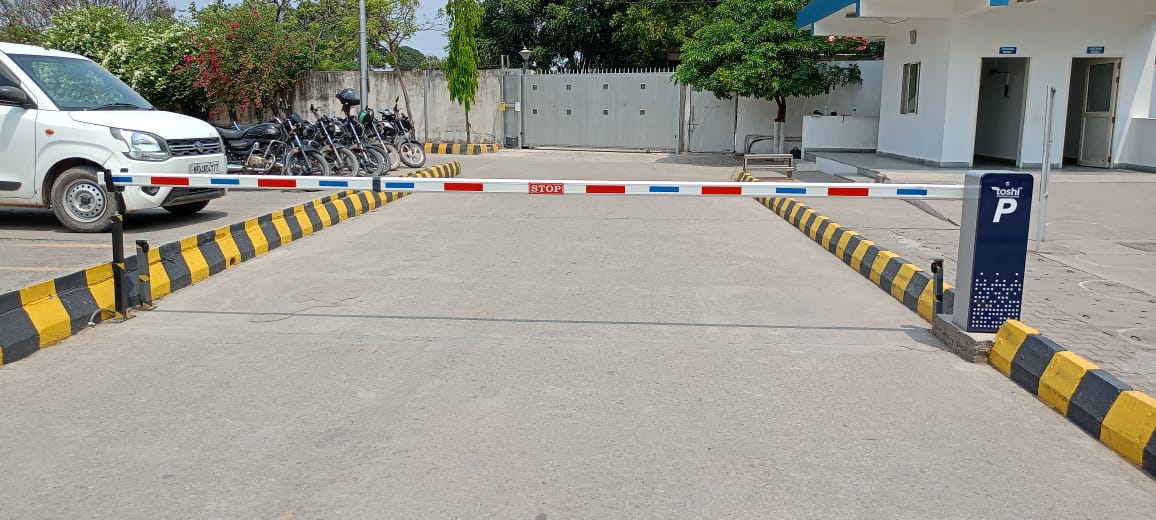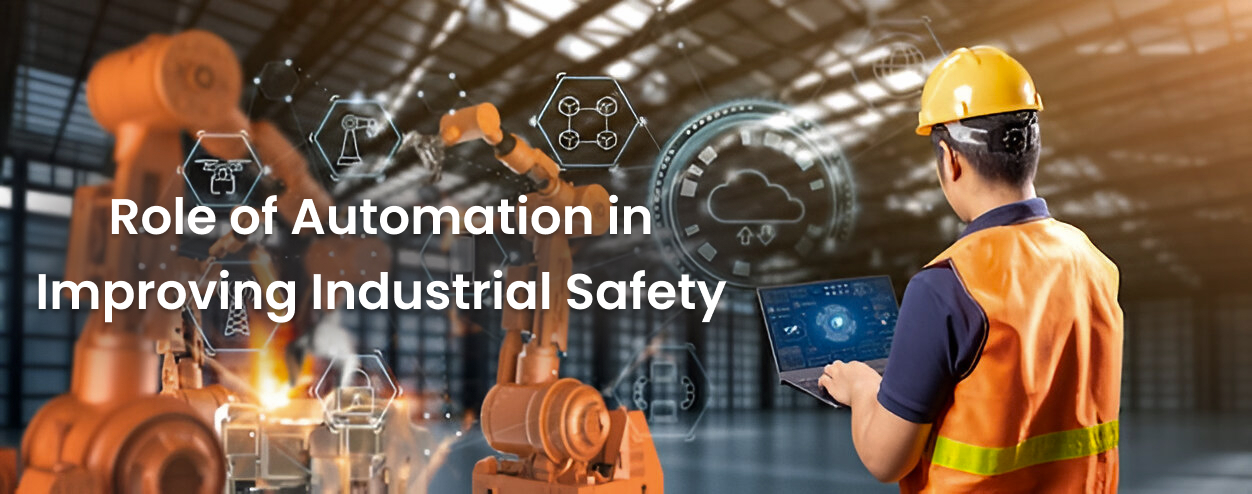Welcome to the future! In 2025, industries are getting smarter, faster, and more efficient—and smart entrance automation solutions are a major reason why. From factories and warehouses to office buildings and shopping centers, automated entry systems like sliding doors, boom barriers, and biometric gates are changing how businesses operate.
But what exactly is entrance automation, and why is it so important? In simple terms, entrance automation means using smart technology to open and close doors, gates, and barriers without human effort. These intelligent systems use sensors, cameras, remote controls, and even facial recognition to allow or restrict access.
Sounds cool, right? But it’s more than just convenience. In this blog, we’ll explore how entrance automation solutions are shaping the automation industry in 2025—and why your business should care.
What Is Entrance Automation?
Before we dive deep, let’s understand the basics. Entrance automation involves using machines and connected technology to control how people or vehicles enter and exit a space. Common examples include:
- Automatic sliding doors
- Boom barriers in parking areas
- Smart gates in factories
- Biometric access doors in offices
- RFID-based doors in warehouses
These automated entry systems are designed to improve security, efficiency, and user experience. They reduce the need for manual labor and create safer, smarter workspaces.
Why Entrance Automation Matters in 2025
Boosting Operational Efficiency
In busy environments like factories and logistics centers, every second counts. With automated entry solutions, goods and people move faster with fewer delays. Sensors detect movement and open doors instantly, saving valuable time.
Example: In a warehouse, automatic roller shutters open and close as forklifts move in and out—without the driver needing to stop. This leads to better workflow and less downtime.
Enhancing Safety and Security
Security is a top priority across all sectors. Entrance automation systems integrate with access control systems to:
- Control who enters and exits
- Record entry data in real time
- Send alerts for unauthorized access
Smart gates, ID scanners, and biometric systems help businesses protect assets and maintain workplace safety.
Saving Energy
Automated doors open only when needed and close quickly, maintaining indoor temperature and reducing energy waste. This improves energy efficiency, which supports both sustainability and cost-saving goals.
Creating a Modern Image
Automated entrances send a strong message: innovation, safety, and comfort matter. Whether it’s a corporate office or retail space, first impressions count.
Key Industries Benefiting from Entrance Automation
Manufacturing
Factories use smart gate systems and facial recognition to control access to sensitive areas. These technologies improve worker safety and operational security.
Logistics & Warehousing
Speed matters. High-speed doors and RFID-enabled vehicle recognition streamline goods flow. Amazon and similar giants rely heavily on these automated entry systems.
Healthcare
Hospitals and clinics use automated, touchless doors to reduce germ spread. Restricted areas like ICUs are protected with access control systems.
Commercial Real Estate
Offices and malls use automated barriers and biometric access to manage flow and security. This enhances user experience and reduces staffing needs.
Education
Modern campuses implement smart building technologies like gate access and auto-attendance systems to track student movements and enhance safety.
Technologies Driving Entrance Automation in 2025
- AI & Machine Learning: Power facial recognition and predictive behavior analytics
- IoT (Internet of Things): Connect entrance systems with fire alarms, lighting, and HVAC
- Biometric Authentication: From fingerprints to iris scans
- RFID & QR Codes: Enable secure and contactless entry
- Mobile App Integration: Lets users manage access via smartphone
Challenges and Opportunities
Challenges
- High initial setup costs
- Cybersecurity risks
- Maintenance and software updates
Opportunities
- Scalable for any industry
- Increased demand due to COVID-accelerated automation
- Integration with industrial automation trends and smart infrastructure
Businesses that invest in these systems gain a competitive edge, both in productivity and perception.
FAQs
Q1. Are entrance automation systems safe?
Yes! Modern systems follow global safety standards and include emergency overrides.
Q2. How much does it cost to install an automated gate?
Costs vary by system type and complexity. However, the ROI in efficiency and security makes it worthwhile.
Q3. Can these systems be integrated with existing security setups?
Absolutely. Most modern solutions are modular and compatible with other smart building technologies.
Conclusion
In 2025, entrance automation solutions are a necessity—not a luxury. From enhancing security to improving operational efficiency, these smart technologies are reshaping how industries function.



